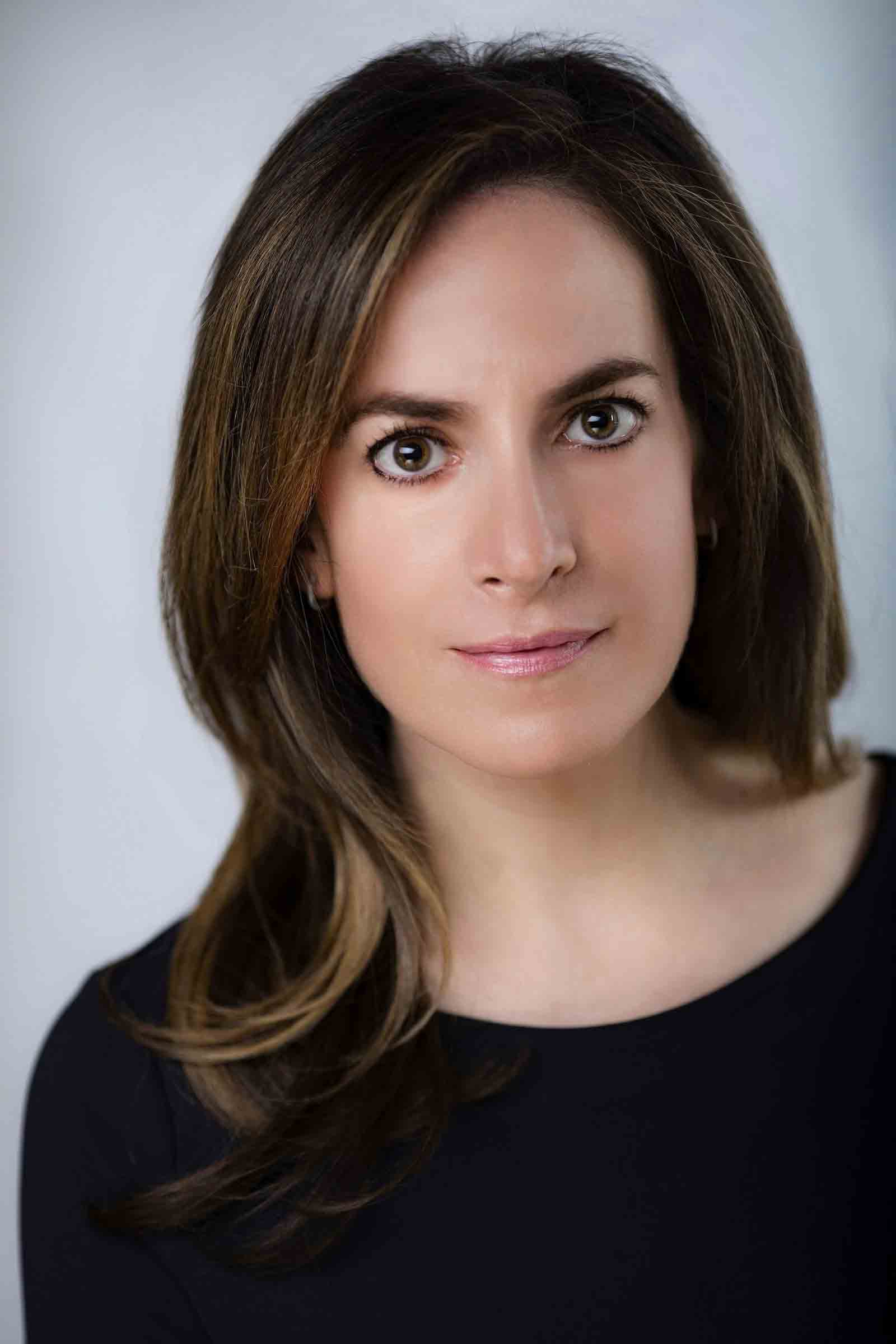NCC Chief Sees Addressable Breakthrough

WHY THIS MATTERS: A larger footprint and better tools for getting campaigns launched could accelerate the growth of addressable advertising.
Nicolle Pangis, named CEO of NCC Media in March, is bullish on addressable advertising.
Pangis had been a programmatic pioneer at media buying giant GroupM, where most recently she was global chief operating officer of GroupM’s [m] Platform, overseeing strategic partnerships, product management and technology development.
The promise of addressable advertising has been touted for a decade. Unlike the mass media of traditional television, addressable technology can send a commercial about dog food only to the homes on a block that have a dog, or ads about allergy medicine just to hay fever sufferers.
But even at NCC, which is owned by and represents the biggest cable companies with the most sophisticated technology, addressable advertising represents a smaller portion of its total revenue, Pangis said.
That’s about to change.
In April of this year, NCC, owned by Charter Communications, Comcast and Cox Communications, created a new division aimed at selling advanced advertising across NCC’s owners’ national footprint data and technology.
Broadcasting & Cable Newsletter
The smarter way to stay on top of broadcasting and cable industry. Sign up below
The group is headed by Andrew Ward, the former VP of Comcast Media 360 who had helped Comcast launch its addressable advertising platform.
Pangis said addressable revenue this year is already increasing significantly, based on the growth in addressable digital set-top boxes.
“I think 2019 is going to be a breakout year in addressability in general, because there’s an evolution in the technology and more and more households will be connected in a way that we can address them digitally,” Pangis said.
“We will have the largest addressable footprint in the nation because of the combined scale of who we are,” she added. “The data that we have access to is incredibly powerful across the three [co-owner companies]. So things like set-top box data, that is a unique value proposition.”
Enlarging the Footprint
As a former buy-side executive, Pangis said it was difficult to put together campaigns when you had to go to multiple sources. NCC’s expanding footprint will give buyers one-stop shopping.
“Once you have the scale, it’s much easier to get the demand,” she said.
The other issue with addressability in the past has been it takes time to get campaigns running. “You’ll hear that addressable is actually quite manual,” Pangis said.
NCC is installing systems allowing buyers to be able to activate campaigns in a near real-time fashion, she said. It will also be adding a team that will work to bridge the gap between advanced ad campaigns and traditional advertising, which remains an important business to both NCC and most advertisers.
Another former GroupM executive, Jamie Power, now chief operating officer of one2one Media, a national addressable platform, said that adding Pangis was a big step for NCC’s addressable efforts.
“NCC is recognizing they need to bring in a new type of person with a different skill set, and she is one of the best with data,” Power said.
According to Power, addressable television campaigns can now reach 63.5 million households. That number will grow by the end of the year to be about 70 million households with Comcast rolling out its linear addressable platform.
Of the 63.5 million households, 53% of the inventory is linear and the remainder is video-on-demand.
Data is becoming available from more and more smart sets and soon media buyers will be able to mount larger addressable campaigns via connected devices without going through the multichannel video programming distributors.
After acquiring Time Warner, AT&T will also be ratcheting up its addressable business.
There is data that addressable campaigns are working. Power says that in the last five years, 92.7% of the clients that have done addressable advertising have come back for more.
The average spending on campaigns on one2one has increased from $350,000 for a four-week flight, to $1.7 million for a four-week flight.
“Clients are getting more comfortable spending because we’re able to illustrate the value on the back end and show them that even though the CPM is higher on the front end, you’re getting more value and we’re able to drive results against their business goals,” Power said.
But the industry still needs more unified standards, she added, such as the definition of an impression, in order to push things forward and not lose out to the Googles and Facebooks of the world.
Jon has been business editor of Broadcasting+Cable since 2010. He focuses on revenue-generating activities, including advertising and distribution, as well as executive intrigue and merger and acquisition activity. Just about any story is fair game, if a dollar sign can make its way into the article. Before B+C, Jon covered the industry for TVWeek, Cable World, Electronic Media, Advertising Age and The New York Post. A native New Yorker, Jon is hiding in plain sight in the suburbs of Chicago.

